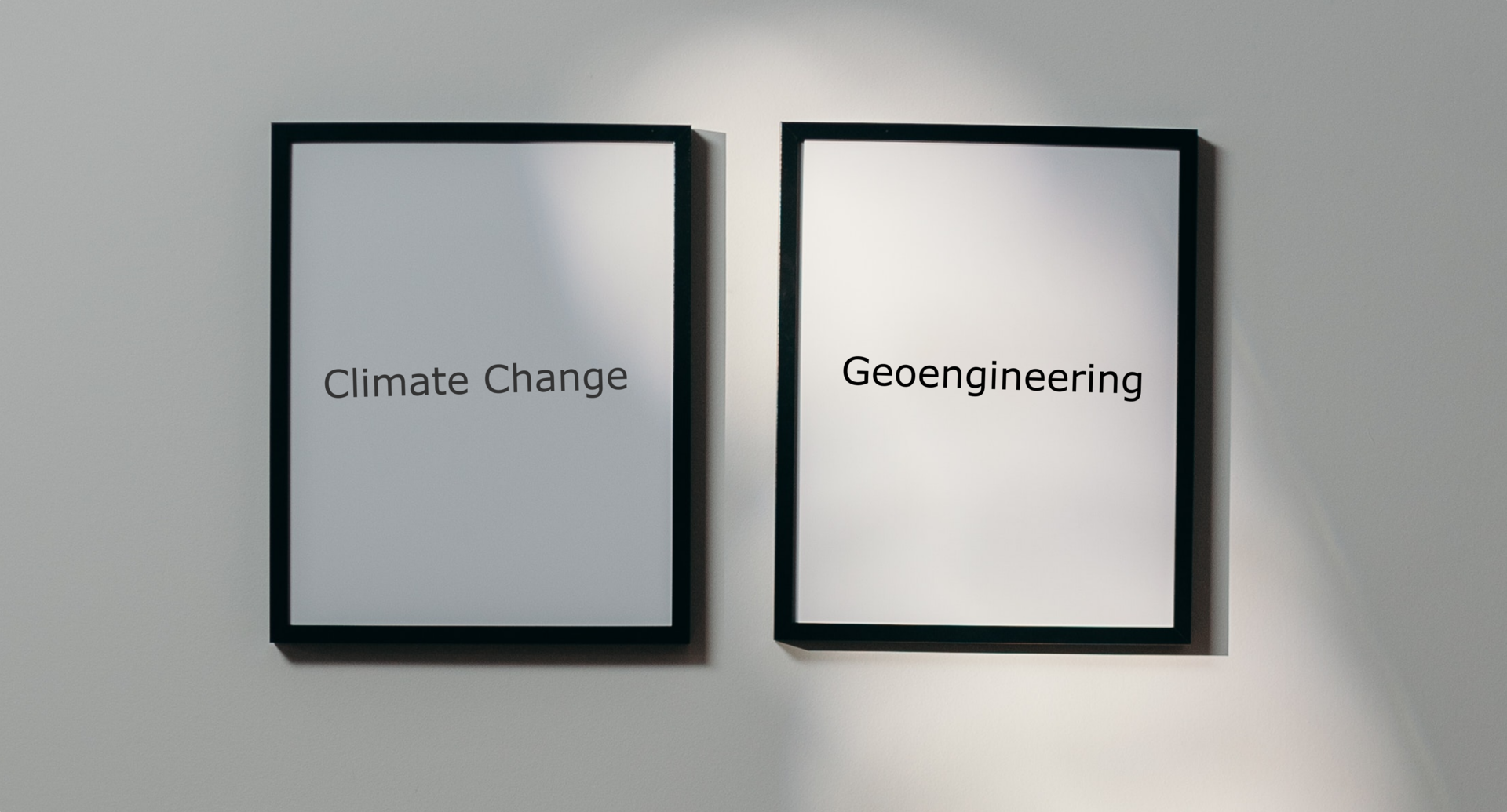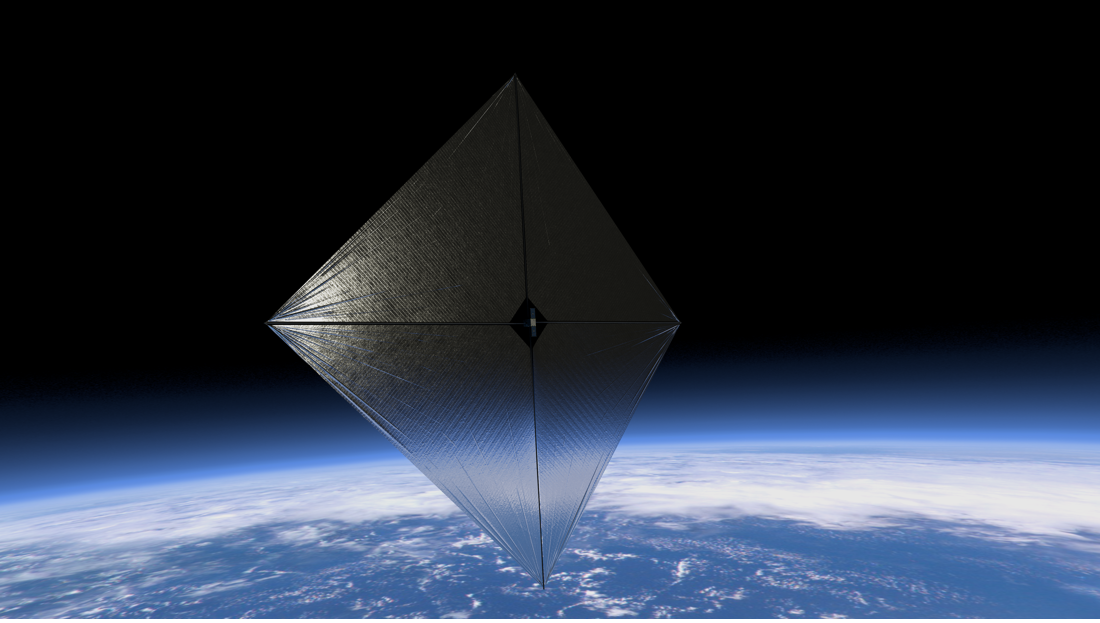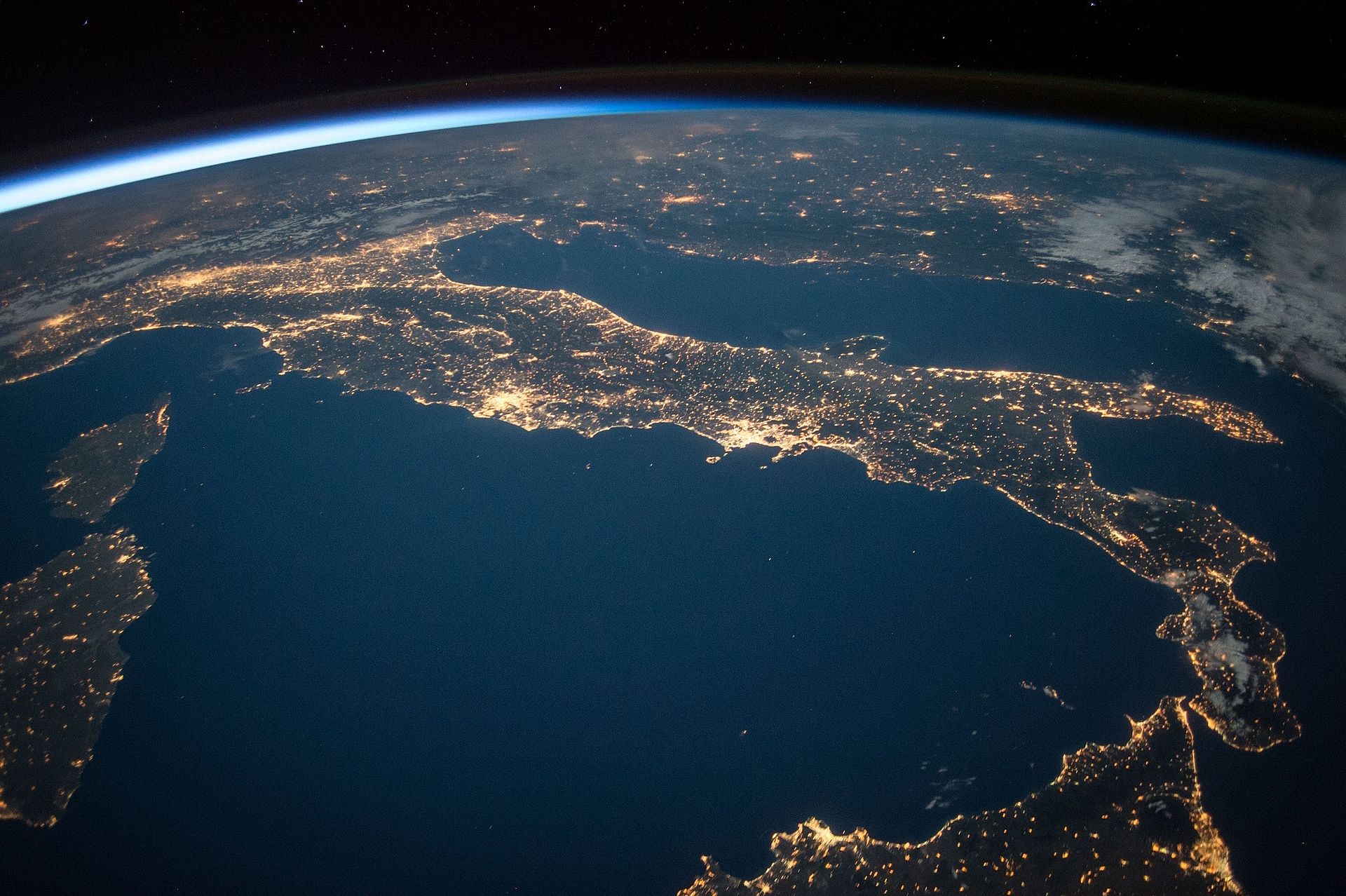Climate change exists and humans are causing it – there has been scientific consensus on this for decades. Nevertheless, efforts to reduce greenhouse gas emissions are progressing very slowly. And this despite the fact that the consequences of global warming are becoming more and more obvious. On the current path, climate change is heading towards a point where it is no longer enough to simply stop burning fossil fuels. But what else can be done? Humanity has the possibility to influence the Earth's climate system not only unintentionally, but also deliberately. This approach is called "geoengineering". But what does that mean exactly?
In the literal sense, geoengineering is "engineering applied to the Earth". The Intergovernmental Panel on Climate Change (IPCC) defines geoengineering as "a broad group of methods and technologies aimed at intentionally altering the climate system to mitigate the effects of climate change." (IPCC: Climate Change 2013: The Physical Science Basis. Annex III: Glossary).
The various methods and technologies can be roughly divided into two groups:
Approaches aimed at removing carbon dioxide from the atmosphere are summarised under the term "Carbon Dioxide Removal" (CDR).
Approaches that aim to influence the Earth's radiation budget, on the other hand, are referred to as "Solar Radiation Management" (SRM).
Both approaches pursue the goal of counteracting global warming, but there is a decisive difference in the approach to the problem: By removing carbon dioxide from the atmosphere, the cause of climate change is addressed, while by influencing the radiation budget, only the symptoms are combated.
What does geoengineering look like in practice?
There are a variety of ideas and concepts on the topic of geoengineering, some of which have already been tested on a small scale. Among the most frequently mentioned and best researched are:
Afforestation and Reforestation
Idea: A large number of trees is planted on land that is currently unforested. The trees extract carbon dioxide from the atmosphere through photosynthesis and store it in the form of biomass.
Advantages: The idea is easy to understand and mimics a natural process. The costs involved and the implementation time are also comparatively low. Moreover, through the selection of tree species suitable for the respective site conditions and sustainable forest management, a contribution can be made not only to climate protection but also to biodiversity.
Disadvantages: When the trees decompose or are burned, a significant part of the stored carbon dioxide is released back into the atmosphere. This means that the method can only be effective if trees are harvested at regular intervals and it also means that no natural forest can develop. Moreover, the harvested wood can only be used to a limited extent, as it may neither be exposed to weathering nor burnt. Another problem is the need for fertile soil on which to plant trees. Even to compensate for current global emissions, areas far larger than Germany are needed, which can lead to conflicts of interest.
Carbon Dioxide Capture and Storage
Idea: Technical methods are used to remove carbon dioxide from industrial exhausts before they are released into the atmosphere. Alternatively, carbon dioxide is filtered directly from the air ("Direct Air Capture"). The captured carbon dioxide is then stored in geological formations (e.g. depleted natural gas wells).
Advantages: Various methods are already being used on a smaller scale. Combined with energy production from biomass, the net carbon dioxide content of the atmosphere can be reduced.
Disadvantages: Carbon capture reduces the efficiency of power plants, requiring more fuel to generate the same amount of electricity. When carbon dioxide is injected into underground storage sites, there is a risk of displacing saline water from deep soil layers with subsequent salinisation of groundwater near the surface. In addition, injection of carbon dioxide increases the likelihood of earthquakes in the storage area, which can cause the stored carbon dioxide to escape back into the atmosphere.
Stratospheric Aerosol Injection
Idea: Aerosols are injected into the stratosphere using artillery shells, aircraft or balloons, reducing the amount of sunlight reaching the ground.
Advantages: The method is an imitation of a natural phenomenon. Large quantities of aerosols are occasionally released into the atmosphere by volcanic eruptions, which means that the global effects are relatively well understood. In addition, most of the technology and infrastructure needed to implement the method already exists and the desired effect can be built up gradually.
Disadvantages: Depending on the aerosol used, the ozone layer can be damaged and there is a risk of acid rain. Global precipitation patterns are also likely to be affected. In addition, since less sunlight reaches the Earth's surface, the photosynthesis activity of biological systems and the efficiency of photovoltaic systems decrease.
Marine Cloud Brightening
Idea: Small droplets of salt water are injected into low atmospheric layers to create more reflective clouds over the oceans. As a result, less sunlight is absorbed, causing ocean temperatures to drop and subsequently the temperature of the atmosphere to fall.
Advantages: Through natural currents and interactions between the oceans and the atmosphere, a reduction in the global average temperature can be achieved by cloud generation over a limited and uninhabited area. After appropriate modifications, the method can be implemented using existing ships. Particularly endangered marine habitats can be specifically protected through targeted cloud generation.
Disadvantages: Changing cloud cover over the oceans affects the photosynthetic activity of marine organisms and the evaporation of seawater. This in turn influences biomass production in marine ecosystems and changes global precipitation patterns. The role of clouds in climate change is not yet fully understood and the technology required is still in its infancy.
Earth Albedo Change
Idea: Roads, buildings and other man-made structures are whitened to artificially increase the reflectivity of the Earth's surface.
Advantages: The method requires little technological development. Moreover, its effectiveness has already been proven on a small scale: In the Spanish province of Almería, a drop in temperatures of 0.3 °C per decade has been observed over the past 25 years, while temperatures in the rest of Spain have risen by 0.5 °C per decade. The reason for this is that over 31,000 hectares of the province are covered with greenhouses made of highly reflective plastic.
Disadvantages: To have a global effect, areas on the order of 10 million square kilometres (about thirty times the area of Germany) have to be whitened. Moreover, the effects on weather patterns and ecosystems have hardly been researched.
Space-based Solar Shields
Idea: A large number of spacecraft is placed between the Sun and the Earth to intercept part of the incoming sunlight.
Advantages: The spacecraft can be moved and turned to actively control and vary the shading effect. In addition, relatively few side effects are anticipated for this concept.
Disadvantages: To achieve sufficient shading, a large number of spacecraft must be placed in space, which in turn requires a large number of rocket launches that release massive amounts of greenhouse gases. In addition, much of the technology needed to implement the concept has yet to be developed and the costs incurred are astronomical. Shading the Earth from space also has the undesirable side effect of reducing carbon fixation through photosynthesis and decreasing the efficiency of solar power systems on Earth.
Only the first two methods aim to reduce the carbon dioxide content of the atmosphere (Carbon Dioxide Removal, CDR), all other concepts are aimed at stopping global warming by influencing solar radiation (Solar Radiation Management, SRM). All concepts have in common that they represent a massive intervention in a highly complex system, for which by no means all risks can be assessed in advance. A particular danger is the sudden termination of geoengineering measures. In this case, the unchanged high or even increased greenhouse gas content of the atmosphere would lead to a sudden rise in temperature, which would have catastrophic effects on the Earth's ecosystems. Furthermore, the use of geoengineering to lower the average global temperature does not automatically lead to a worldwide improvement in living conditions. All geoengineering concepts carry the risk that certain regions of the Earth will be negatively impacted, while others benefit.
Is geoengineering the solution to climate change?
The problem of climate change can only be solved if the natural carbon cycle is brought back into balance. By burning fossil fuels, we burn organic material in which atmospheric carbon dioxide from the geological past is stored. As a result, the amount of carbon on Earth does not change, but much more carbon dioxide is added to the atmosphere in a short period of time than is naturally removed from it. Consequently, the carbon dioxide content of the atmosphere continues to rise. Global warming can thus only be stopped if humankind drastically reduces its greenhouse gas emissions. Geoengineering can at best be used to avoid overshooting of tipping points in the climate system and thus mitigate the impact of climate change. The use of geoengineering is not desirable, but perhaps at some point there will simply be no alternative.












